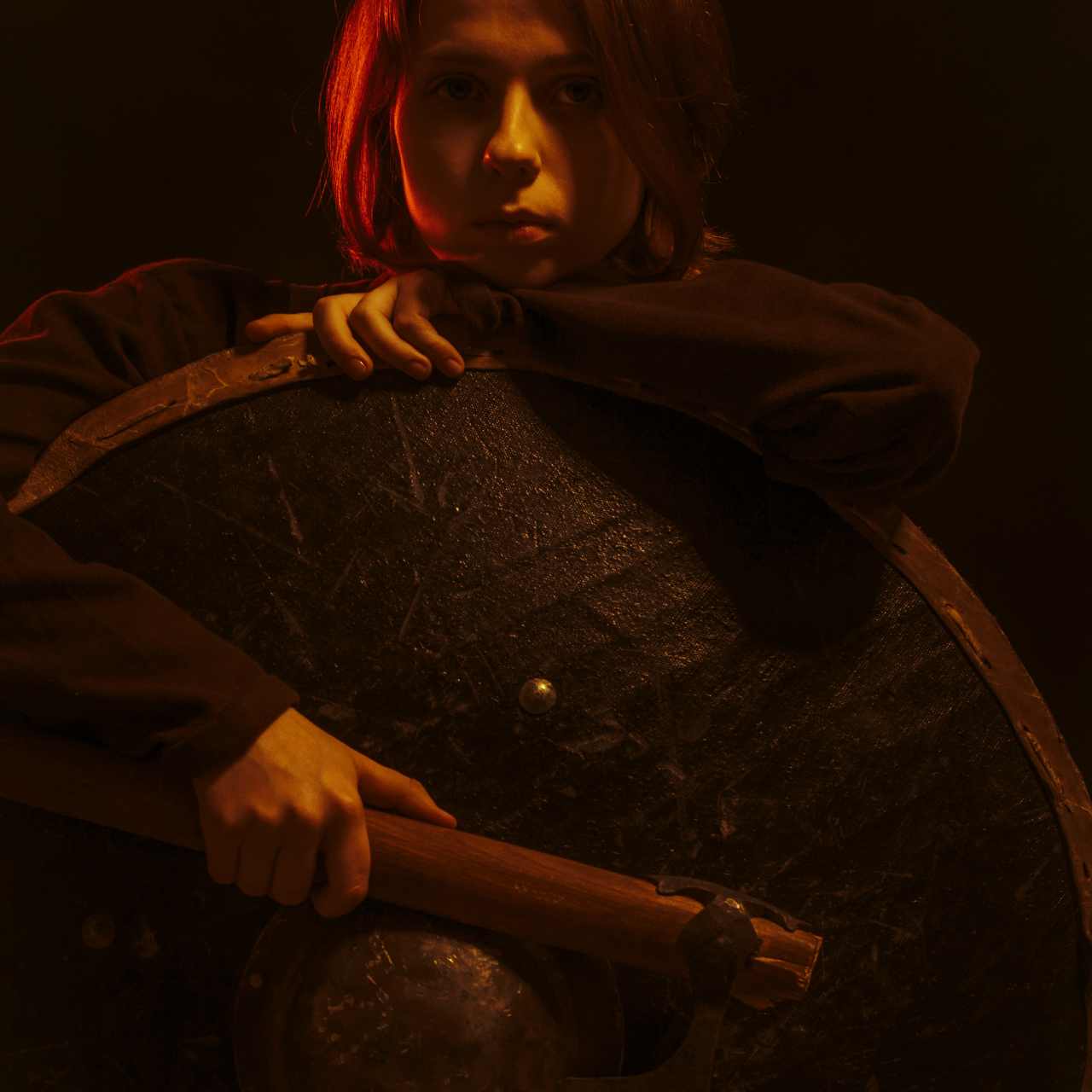In Scandinavian folklore and mythology, the enigmatic figures known as shieldmaidens have captured the imagination of many. But were these female warriors real, or were they products of ancient storytelling? Let's unravel this tale and explore the evidence that paints a complex picture of women in the Viking Age.
The term "shield-maiden" (Old Norse: skjaldmær) is found in sagas and Gesta Danorum, sources that postdate the Viking Age. These narratives also mention female warriors and draw parallels with mythical Valkyries, possibly influenced by accounts of Amazons from different cultures.
Some scholars view shieldmaidens as more than literary constructs, considering them evidence of historical women warriors. Female weapon graves have been discovered, raising questions about the role of women in warfare during this era. However, caution is advised, as weapons in a burial don't necessarily confirm combat involvement.
Graves of female settlers containing weapons have also been unearthed, yet their interpretation remains a subject of debate among historians. The notion that Viking Age women actively participated in warfare is supported by Roman sources from Late Antiquity, which occasionally mention women fighting among the Germanic peoples.
One notable account involves Freydís Eiríksdóttir, who reportedly wielded a sword to fend off attackers in Vinland. Nevertheless, it's crucial to scrutinize historical records with a discerning eye, recognizing that exceptional cases may not represent the norm.
The role of women in Viking society is nuanced. While men were considered superior, women had rights, including property inheritance and the ability to seek divorce. Opportunities for women to engage in activities like raiding or trading likely existed, but were they truly the "shieldmaidens" we envision?
Considering the term "warrior" as a specific class and profession, evidence for female warriors is thin. The Birka Warrior grave and the Siege of Dorostolon are often referred to. Still, the lack of wounds or training signs in the Birka woman and the defensive nature of the Dorostolon scenario challenge the assumption that these were seasoned warriors.
Ultimately, the fascination with warriors should be tempered by the recognition that violence is not inherently positive. In history, women often wielded intellectual prowess, a skill arguably more admirable than mere physical strength. As we navigate the mysteries of shieldmaidens, let's appreciate the complexity of women's roles in the past and avoid romanticizing violence as a measure of worth.

